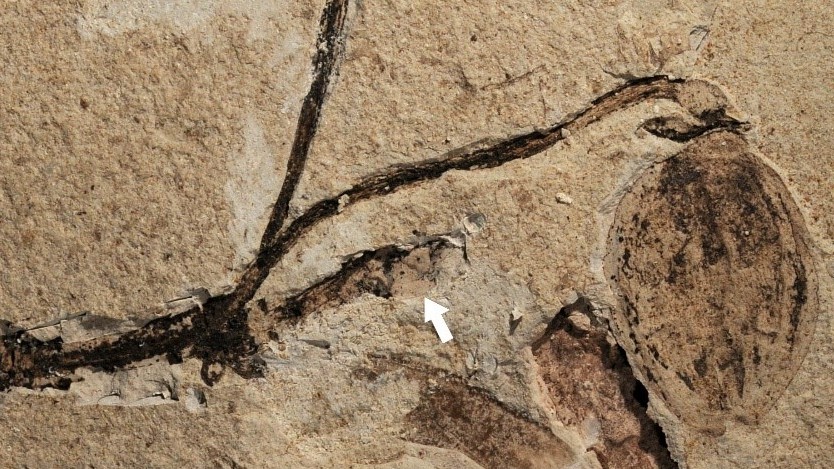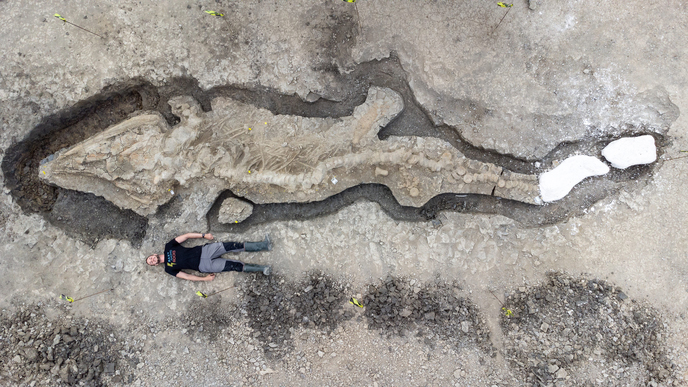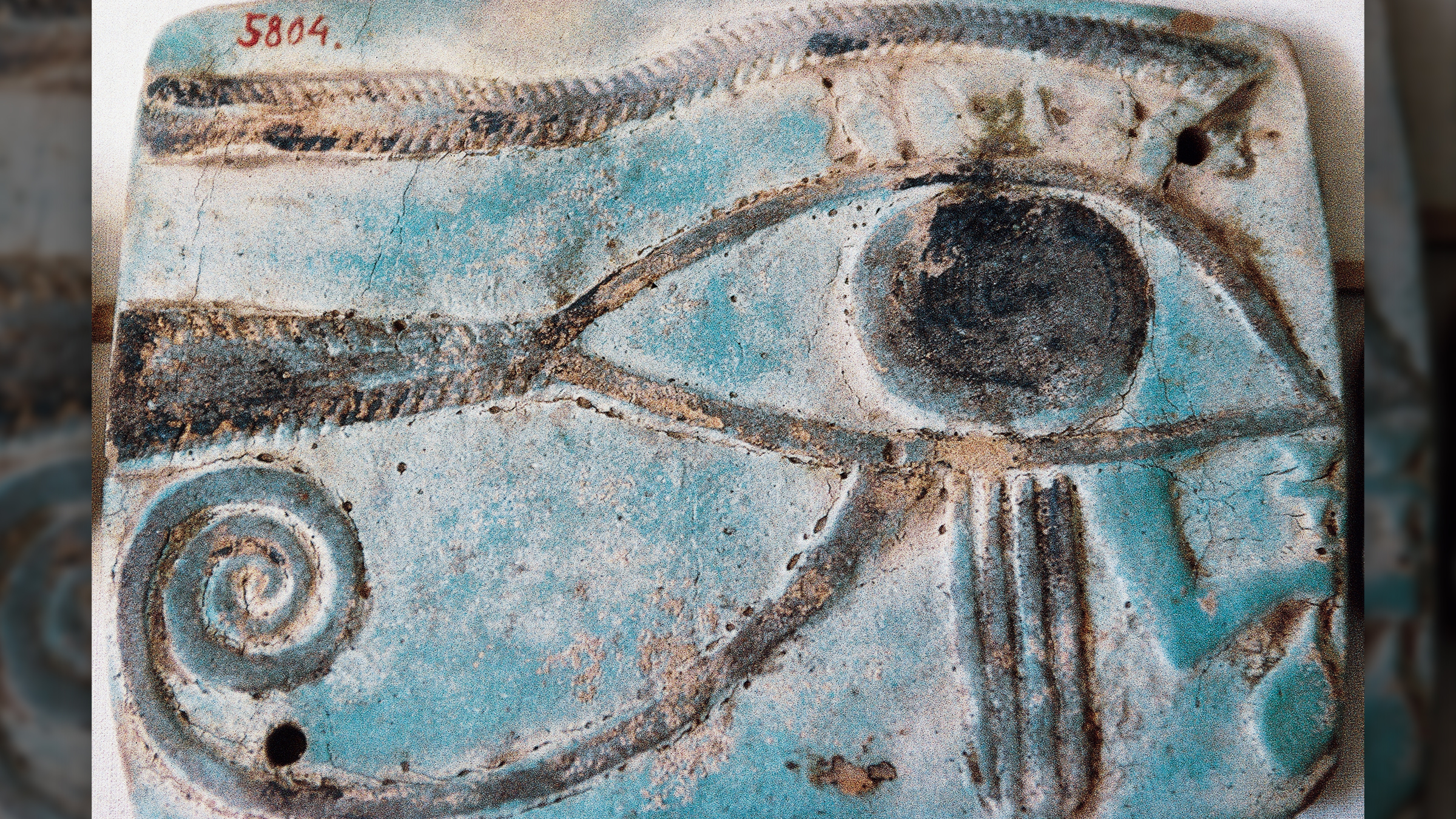Fossils
Latest about Fossils
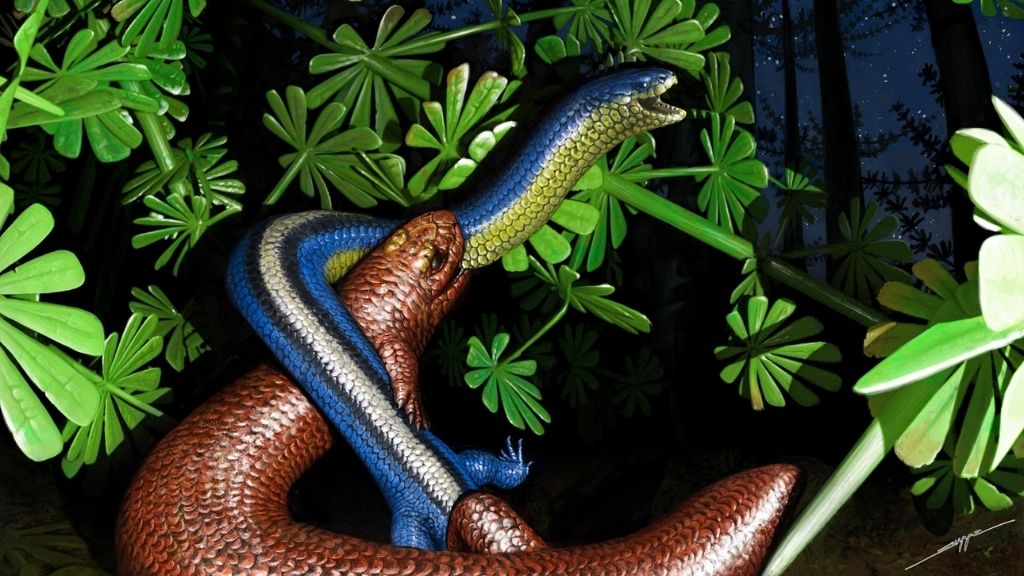
Weird ancient snakelike fossil caught in the act of losing its legs
By Nicoletta Lanese published
The fossil belongs to a newfound genus and species.
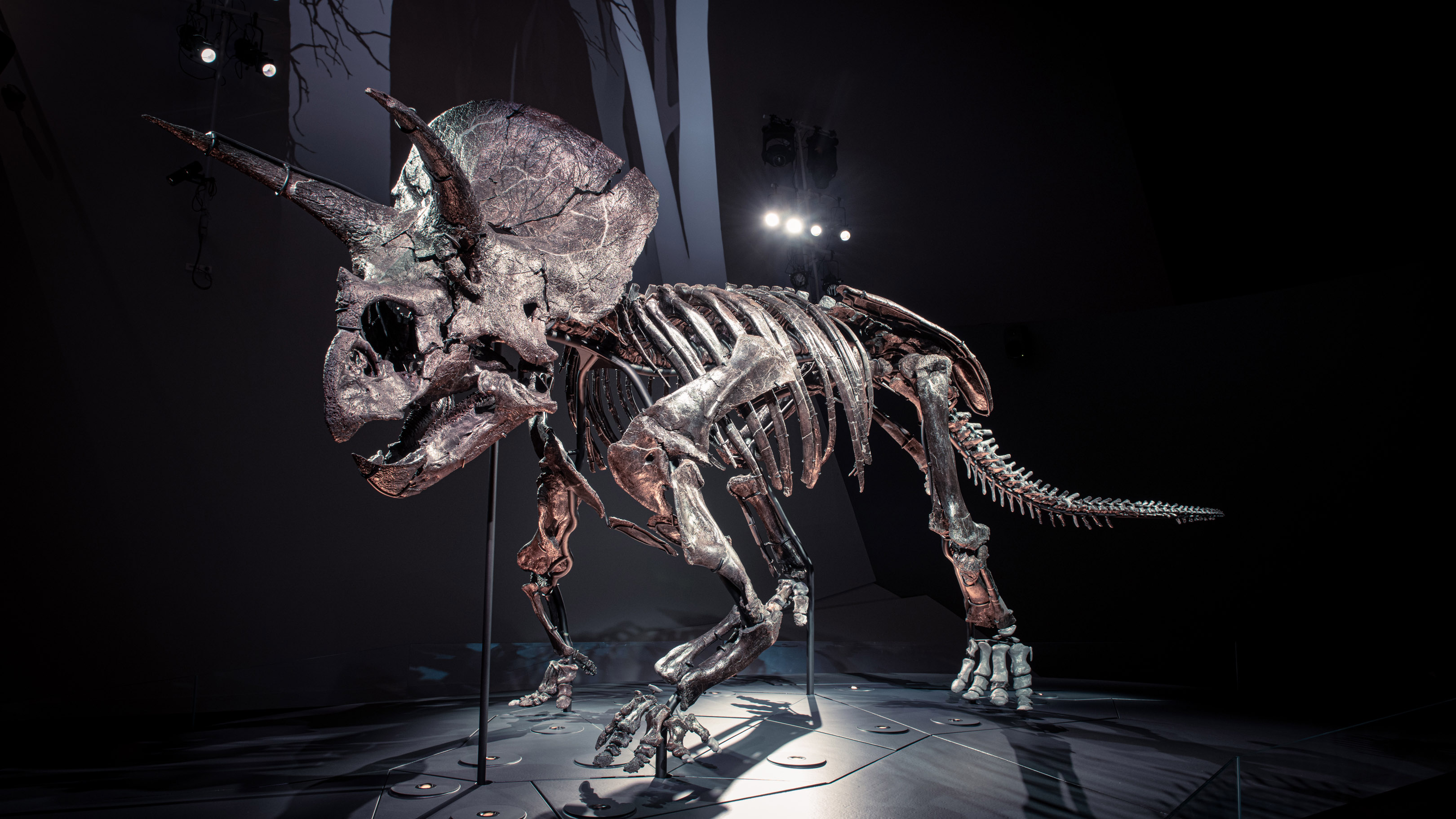
Meet 'Horridus,' one of the most complete Triceratops fossils ever found
By Mindy Weisberger published
A Triceratops skeleton nicknamed "Horridus" is over 85% intact and is one of the most complete Triceratops fossils in the world.

Mysterious 'hypercarnivore' with blade-like teeth roamed California 42 million years ago
By Nicoletta Lanese published
The hypercarnivore may have hunted tapirs and tiny rhinos.

'Frozen in place' fossils reveal dinosaur-killing asteroid struck in spring
By Mindy Weisberger published
Around 66 million years ago, springtime in the Northern Hemisphere brought disaster and mass death to Earth in the form of a giant asteroid impact that triggered a global extinction.
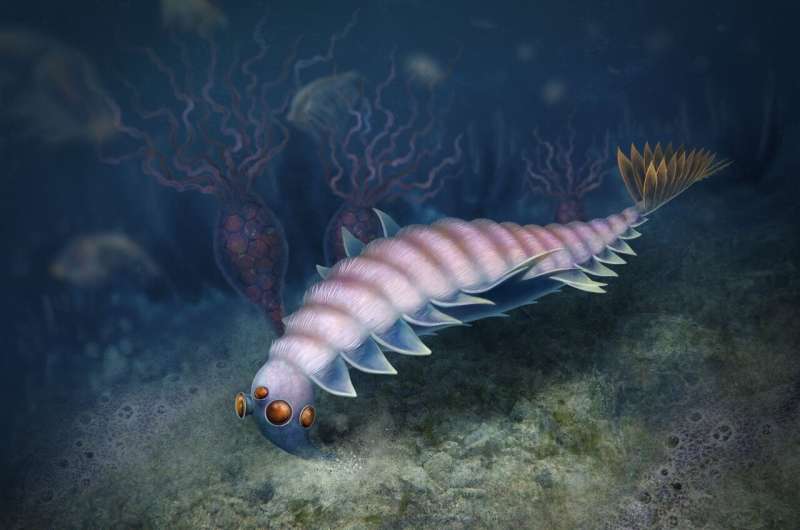
The 'weirdest wonder' of evolution had an even weirder cousin, new study finds
By Brandon Specktor published
Scientists reexamined the fossil of a strange Cambrian sea creature and found that it is related to the 'weird wonder' Opabinia.
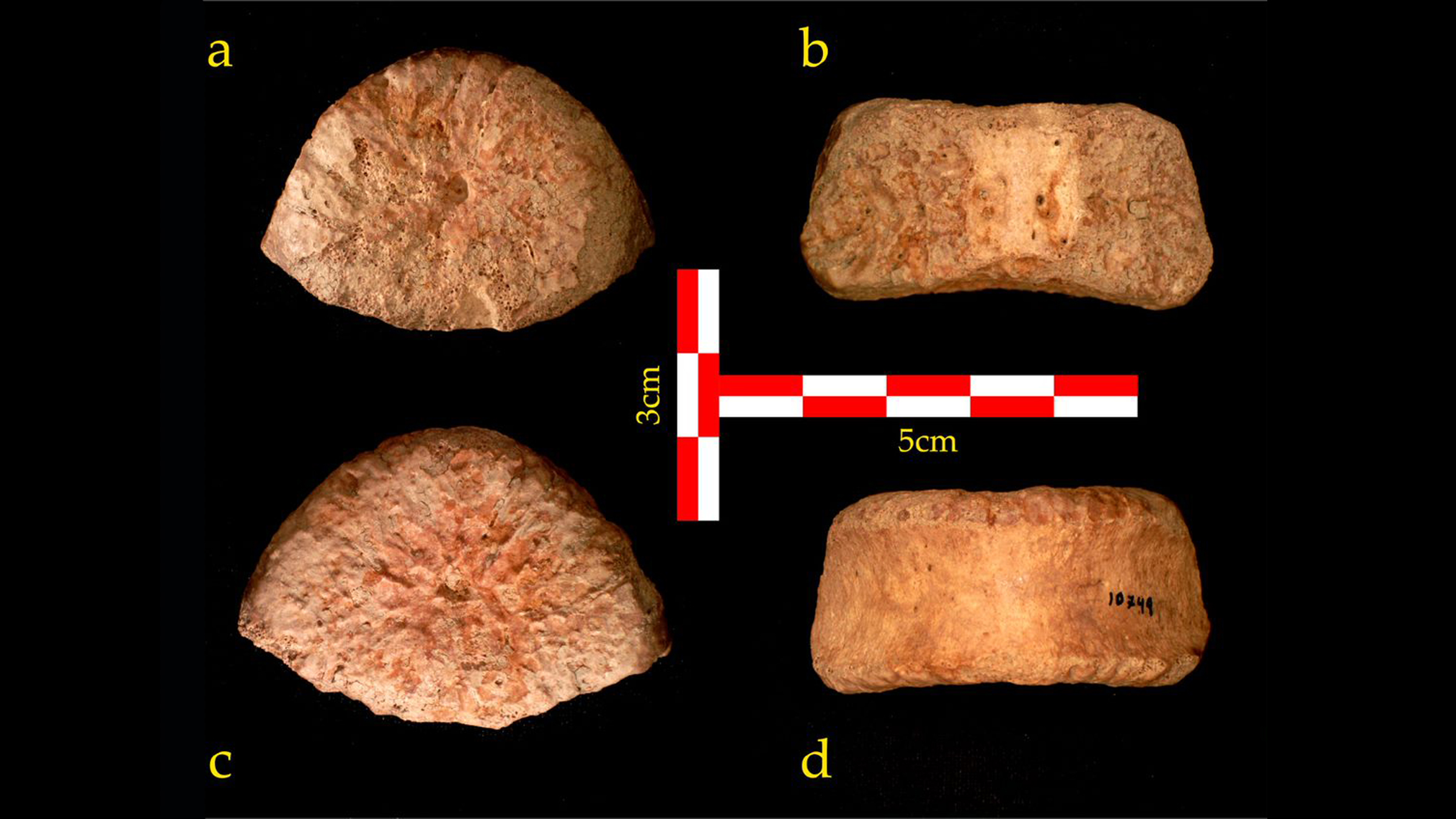
1.5 million-year-old fossil rewrites 'Out of Africa' theory
By Charles Q. Choi published
A new analysis of a 1.5 million-year-old human vertebra found in Israel suggests that ancient human relatives dispersed out of Africa in multiple waves.

240 million-year-old 'crocodile beast' was one of the largest of its kind
By Laura Geggel published
A newly described archosaur that lived 240 million years ago in what is now Tanzania had "'powerful jaws and large knife-like teeth."
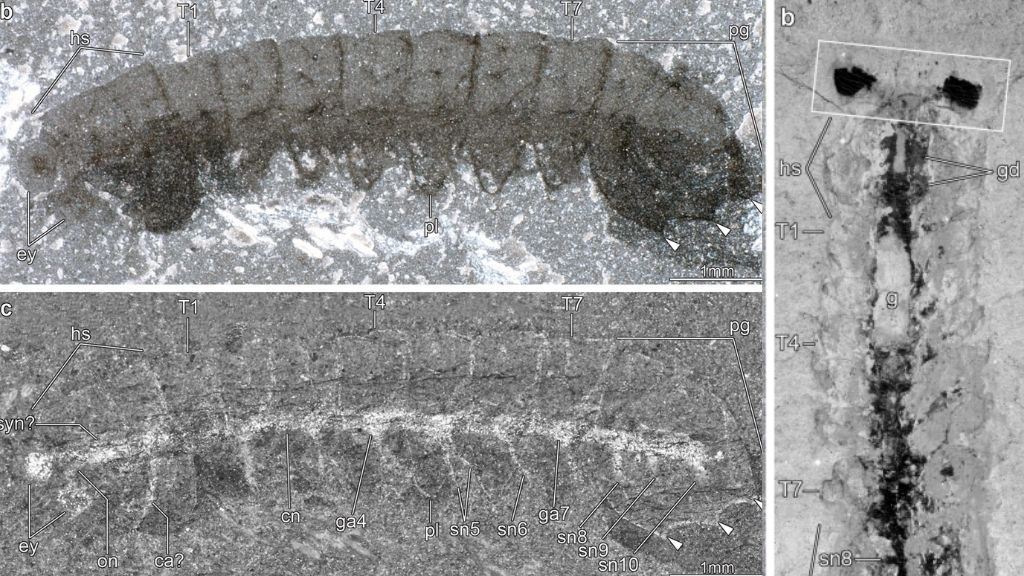
500 million-year-old, bug-like fossils have stunningly preserved nervous systems
By Nicoletta Lanese published
The organisms may be related to modern arachnids, scientists say.
Sign up for the Live Science daily newsletter now
Get the world’s most fascinating discoveries delivered straight to your inbox.
